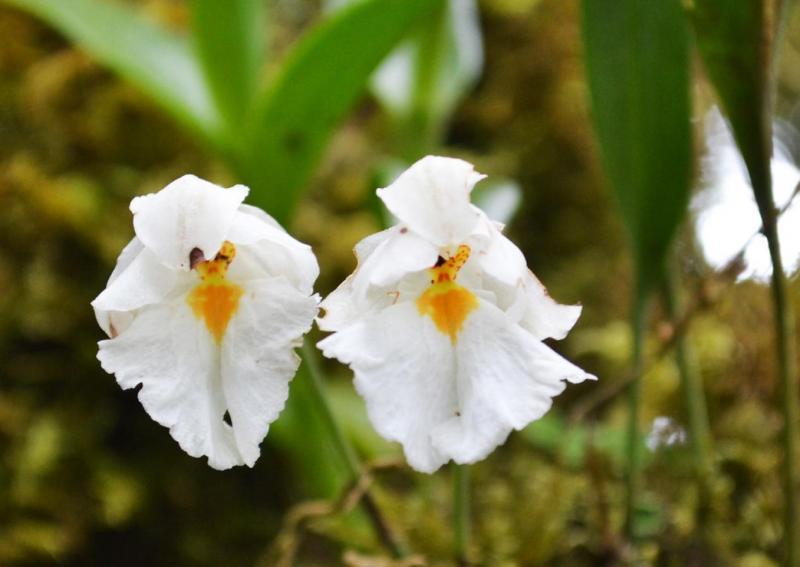Ticoglossum oerstedii
Also known as: Oersted's Ticoglossum in the subfamily: Epidendroideae
Native to: Costa Rica Panama
General Information
Oersted's Ticoglossum is a sympodial cold to warm growing epiphytic or terrestrial orchid belonging to the sub family Epidendroideae native to Costa Rica and Panama. It is named after the Danish botanist and collector in Central America in the 19th century.
Plant Description
Sympodial. Grows to 22cm. Each new growth has a single erect lance shaped leaf that grows to 1.7-20cm long. Pseudobulbs grow to 0.8-3cm
Flowers
A single long lasting, fragrant blossom appears during Summer, Autumn and Spring
Fragrance
The orchid is fragrant.
Blooming Season
- Autumn
- Spring
- Summer
Care Notes
These orchids have a fine root system that can quickly die back if left dry for too long, but also does not like to be kept wet, so water regularly but ensure that the mix is dry before watering.
Fragrant:- IsFragrant
Climate
Grows at high elevations. Rainfall ranges from 5mm to 305mm per day, heaviest in September and lightest in February. Humidity ranges from 68% to 85%, highest in October and lowest in March. Temperature ranges from 6C to 18C, highest in May (8C to 18C) and lowest in January (6C to 16C).
Watering
These orchids prefer a wet-dry cycle between waterings, they should be watered frequently but only when the moisture is approaching dryness, where the pot feels light and/or the media looks dry. Keep an eye on mounted orchids in warm weather as they may dehydrate quickly.
Potting
These plants can be sensitive to repotting though should not require repotting regularly. Repotting should be done when the mix has broken down to the point that it doesn't absorb water or holds onto water for far too long, usually the plant shows a decline in growth as well.
The mix should be free draining, with a blend of 30% inorganic ingredients such as coarse sand, gravel or perlite, mixed in with about 70% organic ingredients such as peat, leaf litter or decomposed bark. Avoid commercial potting mixes as they can vary wildly and may contain "wetting agents" that can hold onto water for loo long, causing rotting and stunted growth.
Repotting is best done annually.

